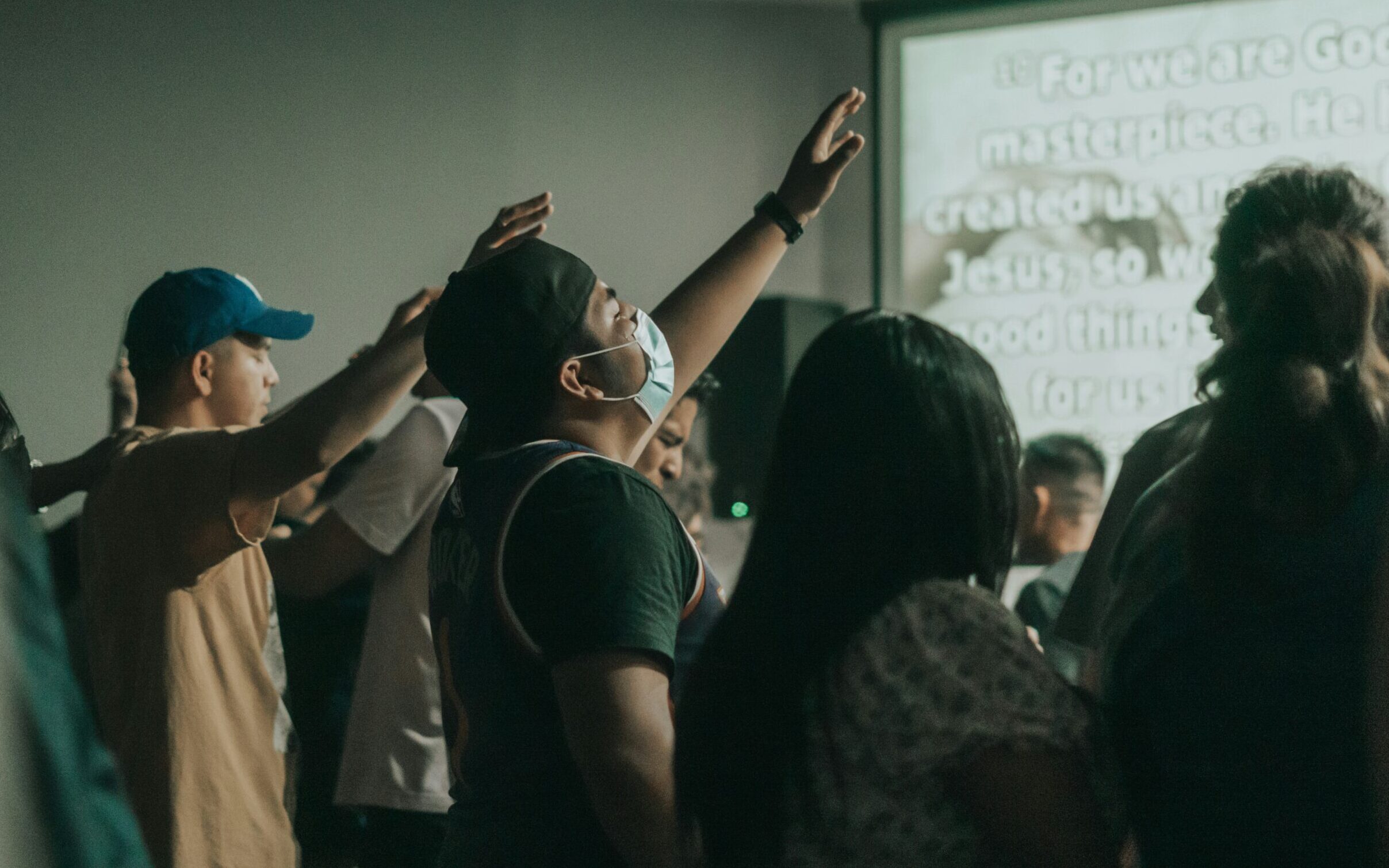How the Philippines Achieved Its Freedom
By Kryshia Gayle Solon
HAPI Scholar
 As we celebrate the Independence Day of the Philippines once more, it’s vital to remind ourselves how we got our freedom to begin with (not to mention what it really means). Before the Spanish colonial period, the islands in our archipelago were ruled by monarchs and sultans vying for control. Then, Magellan famously arrived in the Philippines (partly due to chance as he was trying to circumnavigate the world).
As we celebrate the Independence Day of the Philippines once more, it’s vital to remind ourselves how we got our freedom to begin with (not to mention what it really means). Before the Spanish colonial period, the islands in our archipelago were ruled by monarchs and sultans vying for control. Then, Magellan famously arrived in the Philippines (partly due to chance as he was trying to circumnavigate the world).
When he arrived, sultans were the predominant powers of government. He began building relations with the natives at the time, making peace with some of them. Unfortunately for him, he underestimated the distaste of the natives for foreigners, as was proven when he died on the island of Cebu at the hands of Lapu-Lapu and his men.
The Spanish influence on the Philippines extended to its very name, being conquered by Ruy Lopez de Villalobos in the name of Spain for Prince Philip II. After the colonization, the Spanish started to convert the native Filipinos into the arms of Christianity; some predominant powers did so willingly, but some denied it and were thus forcibly converted. (By a marginal stroke of luck, the colonizers were not as cruel as they could have been, with the Laws of the Indies serving to deter people of Spanish descent to be forbidden to hold Filipinos as slaves.)
The Spanish, of course, would later be defeated by the Americans, leading to our country being sold to the latter and turned into one of its colonies. America slowly integrated its culture into the Philippines over the years; they provided and constructed industries that greatly benefited the agriculture sector, and also brought basic education to more Filipinos.
Despite the progress we achieved with their help, the American occupation dealt the Filipinos much harm as well. Many unjustified massacres happened under the reign of the Americans, leading to a growing resentment that resulted in a revolutionary uprising. Nevertheless, the insurrection was quelled and America fully controlled the Philippines.
Just as the Philippines took a breather from all the injustices and death, World War 2 erupted in Europe and started spreading to other neighboring countries. Imperial Japan then attacked Pearl Harbor in Hawaii, along with colonies of America including the Philippines and Cuba.
Imperial Japan then arrived in the Philippines to get a foothold in Asia to ensure the safety of their empire. The reign of our third colonizers was arguably the bloodiest: the Japanese killed countless Filipinos and committed acts so inhumane that for victims, death was often the better alternative.
Once the war simmered down, the Philippines was freed from the grasp of its conquerors. However, it is undeniable that centuries of colonialism left an indelible mark on us. May we never forget who we are and why we came to be as we celebrate our independence.









